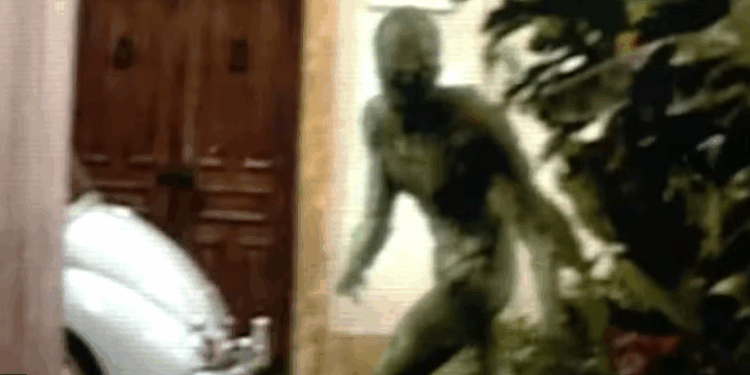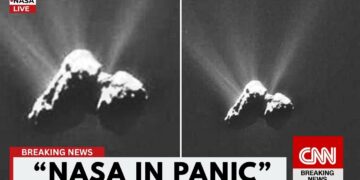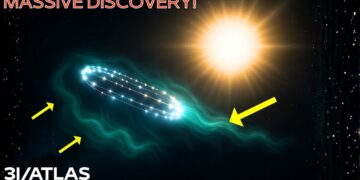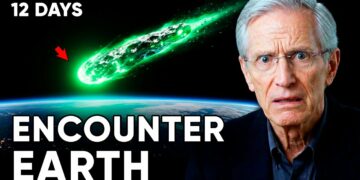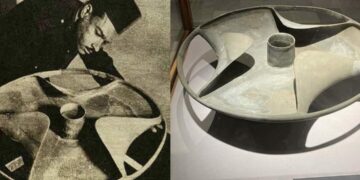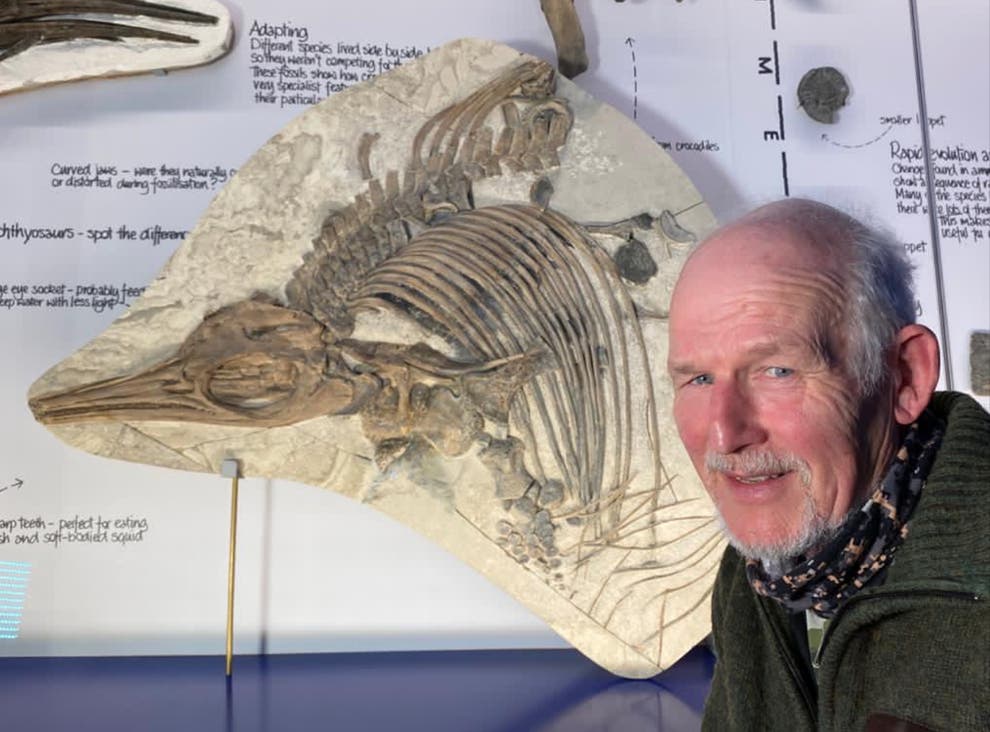The kind of horror that Academy Award-nominated M. Night Shyamalan has provided to people through his movies will forever be unsettling. In one of his most successful films, The Sixth Sense, he took his audience on a psychological journey and had them scratching their heads with one of the best twists in cinema. In Split, Shyamalan tells the story of a mysterious man with 23 different personalities in his head, which in the end connects to the universe of the director’s other film, released in 2000. However, what he showed, or rather created, in his 2002 thriller Signs will forever remain untouched.
Using the concept of found footage, Shyamalan introduced one of the most effective and chilling alien reveals ever filmed, which came not from a massive special effect or a dramatic entrance, but from a brief, grainy clip of a home movie. It’s a scene that did something completely different, and it got under people’s skin in a way few scenes ever have. Signs‘ legendary Brazilian birthday party sequence is a reference point in minimalist and clever filmmaking. By using just ten seconds of shaky, low-quality footage, Shyamalan created a moment of pure, unforgettable terror that has burrowed deep into the minds of viewers for over two decades.
How Signs Set the Stage for a Primal Fear
The birthday party scene in M Night. Shayamaln’s Signs doesn’t happen in a vacuum. By the time it arrives, the film has already spent over an hour building a thick atmosphere of uncertainty and fear of the unknown. The story follows the Hess family, led by Graham Hess, a former priest played by Mel Gibson, who has lost his faith after the tragic death of his wife. He lives on an isolated Pennsylvania farm with his two young children, Morgan and Bo, and his younger brother, Merrill, a washed-up minor league baseball player played by Joaquin Phoenix.

The film expands this personal fear into a global one. The family learns through news reports that these strange signs are not just happening to them; they are a worldwide event. This slow drip of information creates a powerful sense of shared anxiety, as the characters and the audience are piecing together the terrifying puzzle in real-time. It is in this atmosphere of rising global panic that Merrill, the younger brother, watches a news report on television that promises some new development.
By this time, the whole family, especially Merrill, had become obsessed with the news of these extraterrestrial sightings as he had been glued to the TV since morning, gathering every detail he could. Till now, neither the audience nor the characters in the film have seen the figure of the alien as a whole entity. Now, Merrill, who slept while watching the news, is awakened by a report where the news anchor shares that what they are about to see is genuine and disturbing.
The channel then cuts to a home video from a children’s birthday party in Brazil. The video is shaky and low-quality, filled with chaotic sounds of kids shouting and screaming, with the camera trying to capture something from a window. The camera then pans across a small alleyway, and the audience, along with Merrill, curiously awaits something to appear, something frightening, as he screams, “Move, children!” And then, for a few brief, shocking seconds, the alien appears.
The glimpse of the figure immediately shocks and scares Merrill and the children as they scream in terror, and Merrill’s horrified gasp from his spot on the floor guides the audience’s own fear. At that moment, everyone watching realizes they have just seen something impossible.
An Anatomy of a Perfect Jump Scare
The birthday party scene works so well because it’s a perfect example of M. Night Shyamalan’s unique way of creating fear. He understands that what is suggested is often much scarier than what is shown directly. He breaks a classic horror rule, famously used in films like Jaws and Alien, by showing his monster in full view about halfway through the movie. But he does it in a way that is controlled and deeply unsettling, making the reveal even more powerful than if the creature had remained hidden.
The alien’s design is also a key part of this horror. It looks almost human, but not quite, which is what makes it so creepy. The alien is unnaturally tall and thin, its skin has a strange sheen, and its movements are slightly odd. This design perfectly utilizes a concept known as the “uncanny valley,” where something that is almost human but not quite is more disturbing than a completely made-up monster could ever be.
Then there is the behavior of the alien, which is also very chilling again in an odd way. It just walks with a casual confidence, as if the humans filming it are completely insignificant, and they know that they are being watched, so their movement has a threat to it. Shyamalan builds this visual with a very smart use of sound. The movie’s musical score, by James Newton Howard, has built a sense of dread with a mysterious three-note theme throughout the first half of the story.
In this scene, that theme swells and blares at the exact moment the alien appears, and it’s the first time the audience can definitively connect that recurring, ominous sound to the invaders themselves. The score promises something awful, and for once, there is no trick. The reveal is just as scary as the music makes people feel it will be. But the most effective sounds are the ones from the video itself: the panicked screams of children and Miller’s shocking gasp, which happened simultaneously.
Roger Ebart, in his 2002 review of the film, noted that Signs works because the director knew how to evoke emotion, particularly through sound. He wrote:
“It is not just what we hear that is frightening. It is the way Shyamalan has us listening intensely when there is nothing to be heard. I cannot think of a movie where silence is scarier, and inaction is more disturbing.”
The Alien Scene Is a Source of Generational Trauma For Many

As one fan perfectly put it on Reddit, “That scene affected me too. I was a teen when I saw the movie… I came home and had to walk past a lot of bushes and trees… still freaks me out to think about it. I ran as fast as I could to the door.” This reaction is a common one, as the scene imprinted a terrifying image onto the viewer’s mind, turning everyday locations like backyards and alleys into potential sources of fear.
The scene’s power comes from its ability to tap directly into childhood fears, which is well understood by Shyamalan, as he happens to thrive on it. As another fan noted, “As a child, I would close my eyes in bed at night, and I would lay there, afraid to open them — afraid that my eyelids might unveil a figure standing at my window, looking back at me. And then, many years later, M. Night Shyamalan pulled off that exact scene perfectly.”
The realism of the home video format was a key part of this. For many, it felt less like a movie and more like a real piece of evidence, something that could have been real. “This scene reminds me of watching those true crime / unsolved paranormal type shows on TV in the 90s… the first time I saw this scene in Signs, it reignited that sort of fear,” another comment noted.
Shyamalan’s 30-second clip didn’t just show an alien; it traumatized an entire generation of moviegoers, something that people still talk about more than two decades later. It also went on to influence a trend of using the found footage style of storytelling in modern horror films. Furthermore, the scene’s legacy is not in the number of people it made jump into their seats, but in the number of people it made look twice in the shadows or under their beds or outside their windows. And that too, with minimal effects and clever filmmaking.

